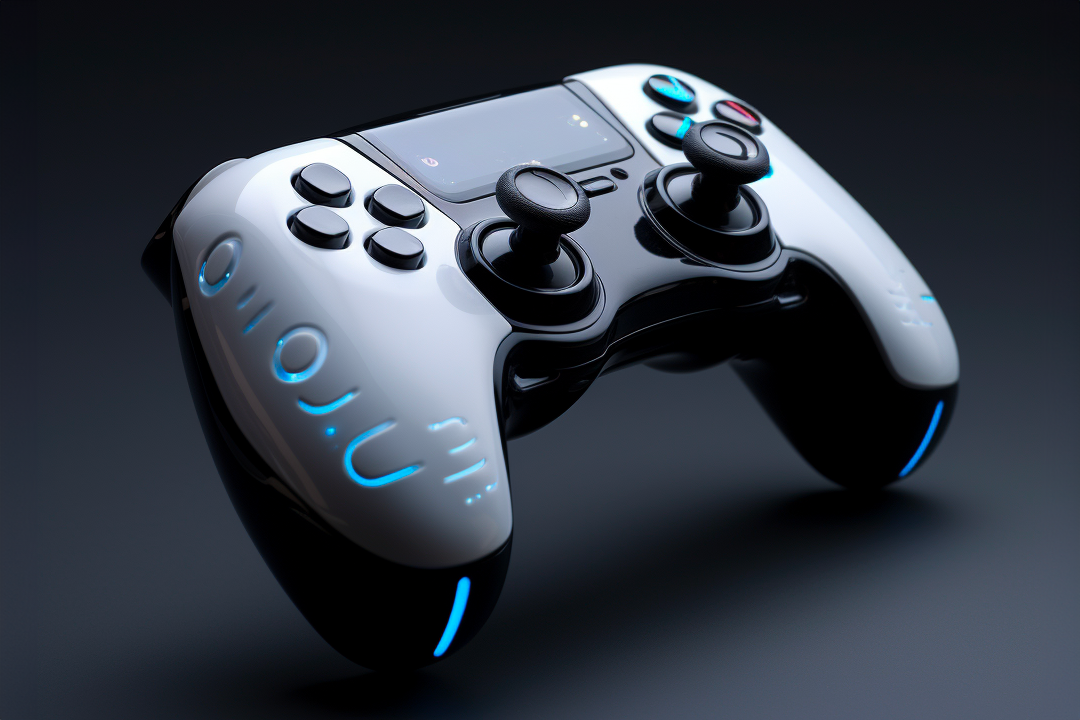From Joysticks to Haptic Feedback: The Evolution of Game Controllers

The world of video games has undergone a remarkable transformation over the years. From the 8-bit era to the current generation of hyper-realistic 3D graphics, every aspect of gaming has evolved. Controllers are no exception to that. What was once a simple navigation tool in games has evolved into an avenue for immersion, giving players access to a new dimension—the dimension of touch.
An article by The Ringer, entitled “Video Games’ Sensory Revolution: How Haptics Reinvented the Controller,” details this controller evolution, tracing their journey from the simple joysticks of the Atari era to the more sophisticated DualSense controllers of the PlayStation 5.
Controllers are meant to be the player’s conduit into the gaming world. Nintendo standardized the button layouts, while Sony added two thumbsticks to the DualShock controller, and Microsoft crafted two rear triggers onto the original Xbox controller. But aside from standardizing the buttons, they’ve all delved into vibrotactile haptics in their own ways: Nintendo unveiled the N64 RumblePak, while Sony experimented with Rumble Motors, then voice-coil actuators for their DualShock controllers.
With the rise of VR and XR, haptics has gotten an upgrade—HD Haptics has created sensations that are more nuanced and more immersive. The goal is to blur the lines between the player and the game, making the gaming experience as realistic as possible.
But it doesn’t stop there. We may start to see a shift to more personalized and adaptable controllers, ensuring that everyone gets equal opportunity for gaming. Both Microsoft and Sony released accessible controllers, and there are companies that create controller mods for those with specific needs, highlighting the industry’s focus on inclusivity.
Check out the full Ringer article featuring TITAN Haptics own CEO Tim Szeto here.
